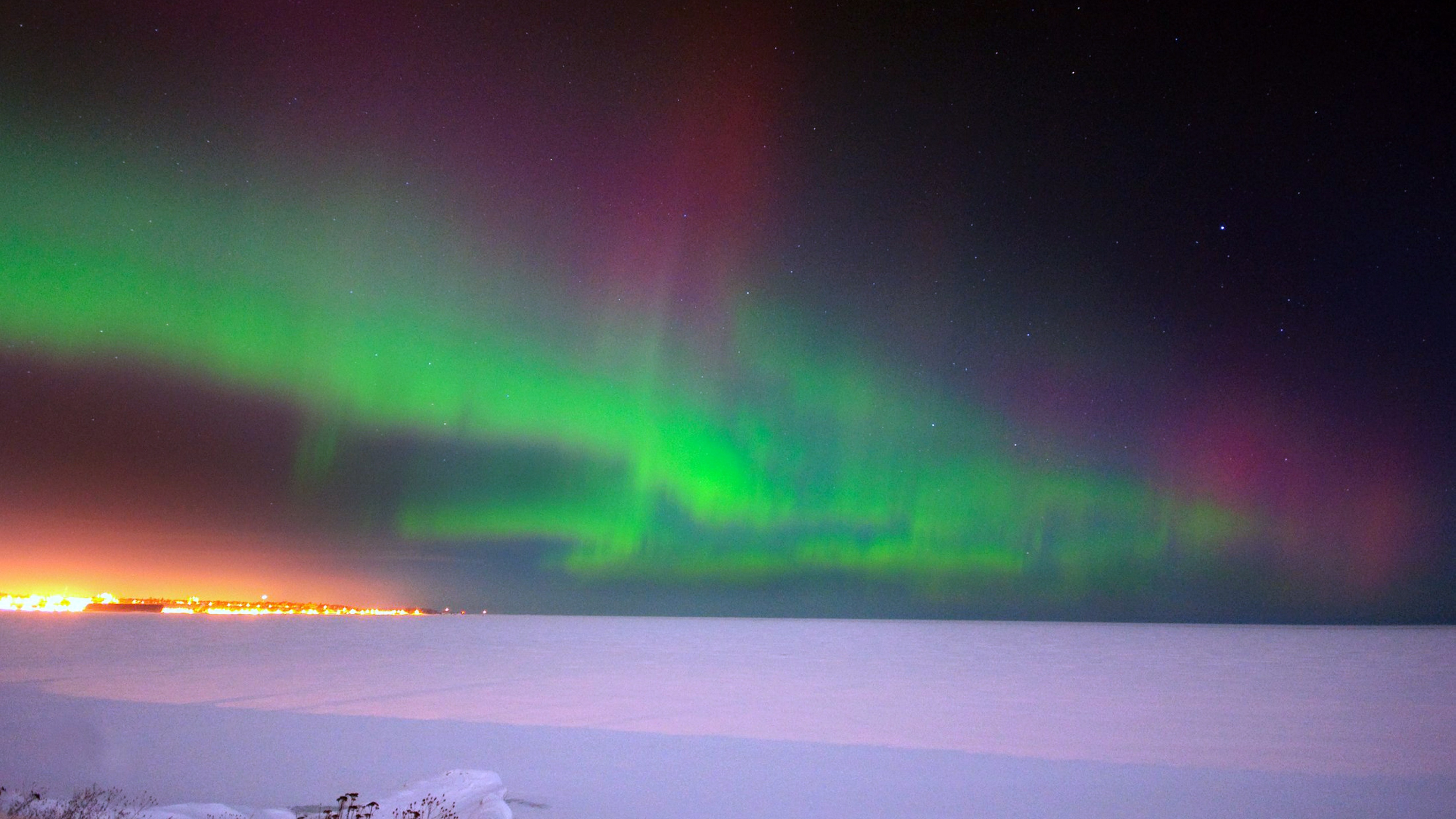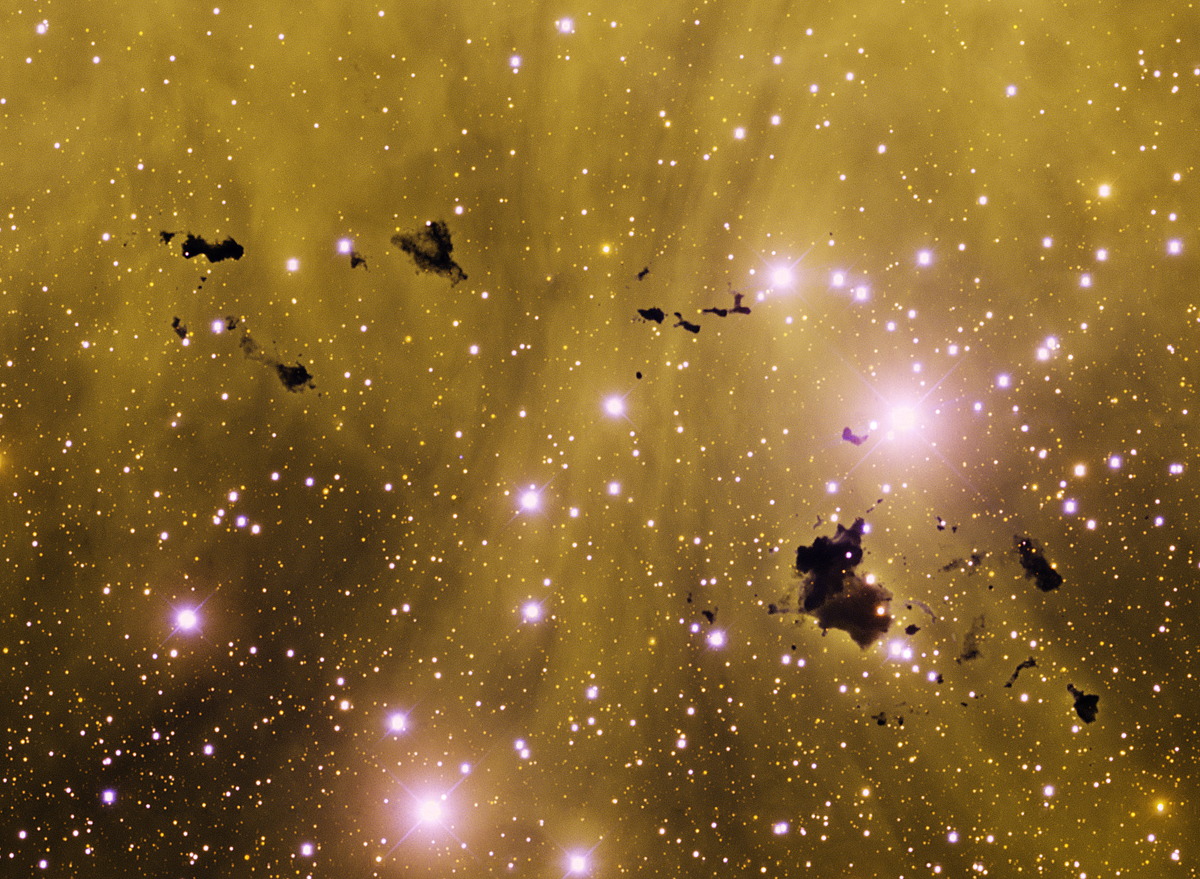Solar storm could make auroras visible from northern Maine or Michigan tonight

Auroras might be visible as far south in the United States as northern Michigan or Maine.
The National Oceanic and Atmospheric Administration (NOAA) forecasts a minor, G1-scale storm from the sun tonight (Dec. 23) that could generate northern lights once the solar particles hit the atmosphere of Earth and interact with our planet's magnetic field lines.
While that sounds exciting, it will be likely very difficult for U.S. observers to see any potential northern lights as a "bomb cyclone" is driving a massive winter storm across the northern and eastern United States.
In photos: Stunning northern lights from intense solar storms thrill stargazers
Solar particles can also cause issues with the power grid or in shorting out satellites, but fortunately for those working over the holiday season, it appears that the aurora's effect will be minor. NOAA only forecasts "weak power grid fluctuations" and possible "minor impact on satellite operations."
NASA and NOAA keep a constant watch on the sun using satellites, spacecraft and telescopes to best inform infrastructure managers how to keep things running, especially during busy times like the holidays.
NASA and other science agencies also work on creating models of the sun's behavior to better understand how the 11-year cycle of sunspots works and how heat is generated throughout the sun. Spacecraft like the Parker Solar Probe are allowing the agency to further refine its models and improve forecasts.
Breaking space news, the latest updates on rocket launches, skywatching events and more!
Elizabeth Howell is the co-author of "Why Am I Taller?" (ECW Press, 2022; with Canadian astronaut Dave Williams), a book about space medicine. Follow her on Twitter @howellspace. Follow us on Twitter @Spacedotcom or Facebook.

Elizabeth Howell (she/her), Ph.D., was a staff writer in the spaceflight channel between 2022 and 2024 specializing in Canadian space news. She was contributing writer for Space.com for 10 years from 2012 to 2024. Elizabeth's reporting includes multiple exclusives with the White House, leading world coverage about a lost-and-found space tomato on the International Space Station, witnessing five human spaceflight launches on two continents, flying parabolic, working inside a spacesuit, and participating in a simulated Mars mission. Her latest book, "Why Am I Taller?" (ECW Press, 2022) is co-written with astronaut Dave Williams.
